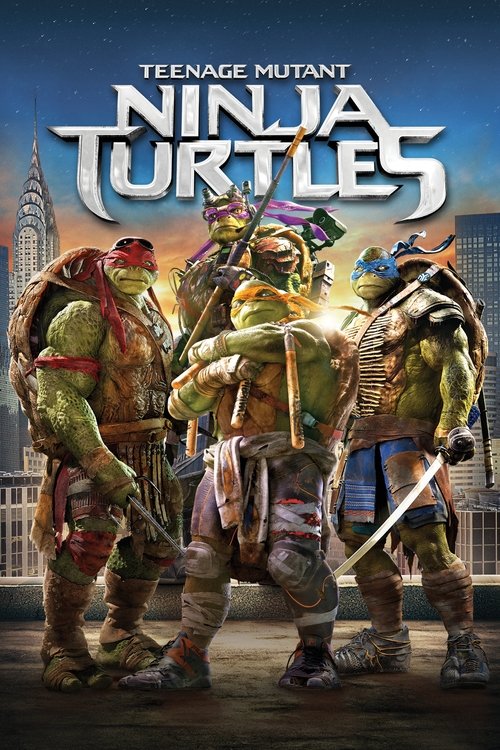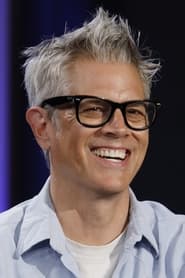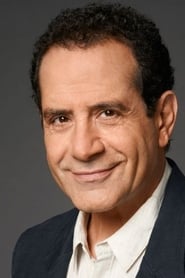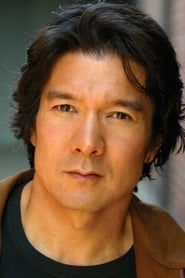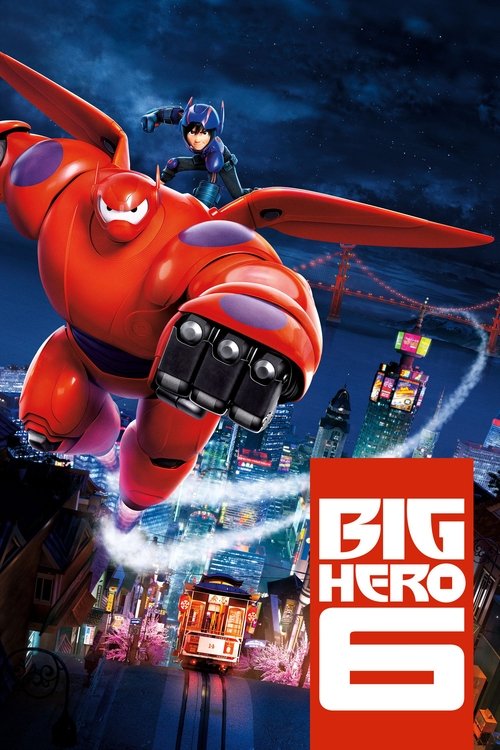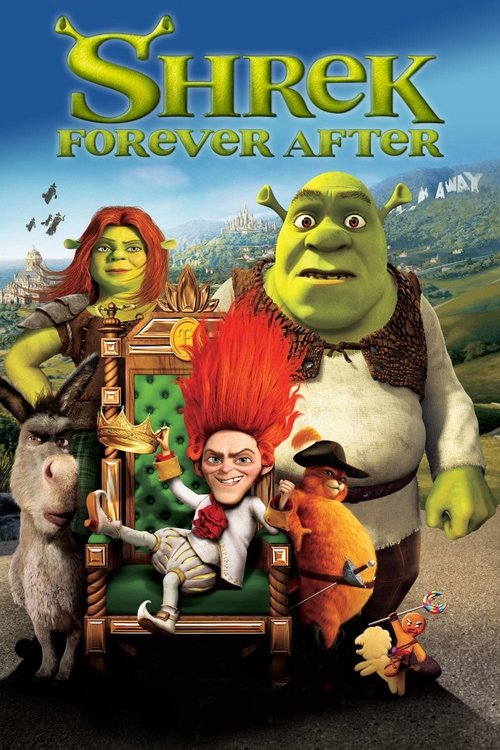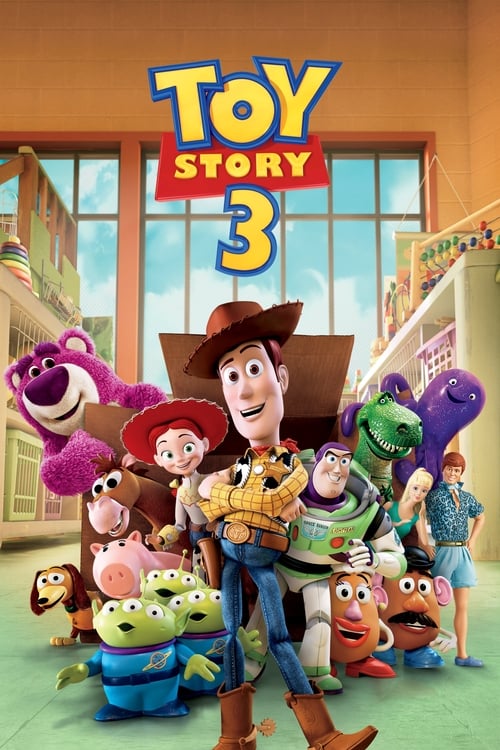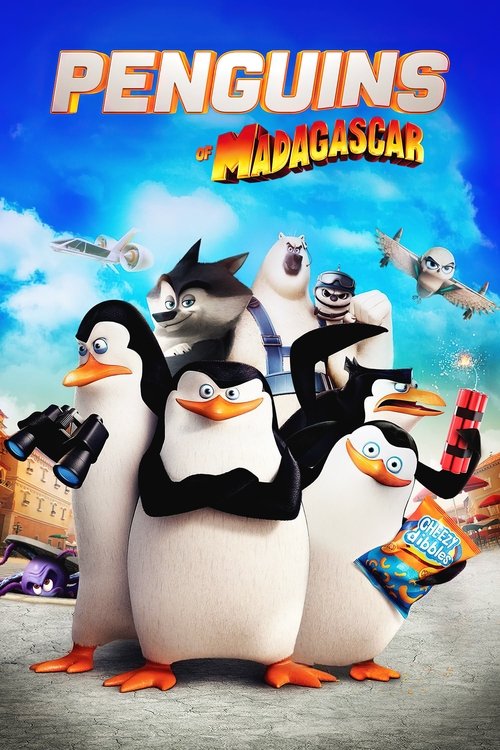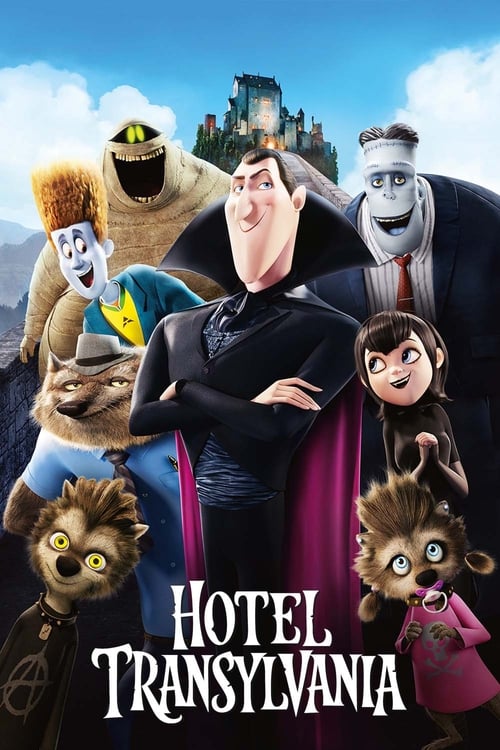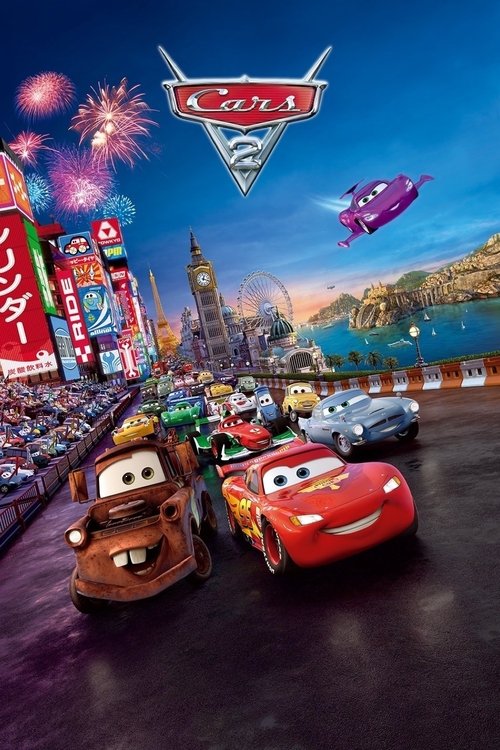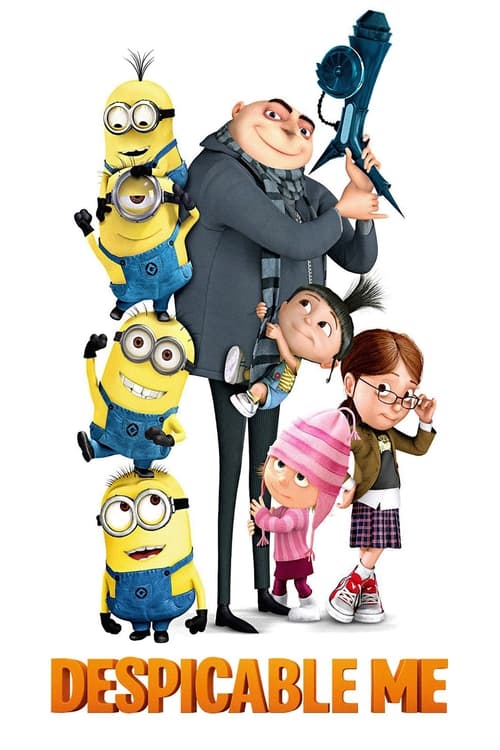
Ask Your Own Question
What is the plot?
What is the ending?
In the ending of the 2014 movie Teenage Mutant Ninja Turtles, the Turtles confront the Shredder and his Foot Clan in a climactic battle atop a skyscraper. They manage to defeat Shredder, and with the help of April O'Neil, they expose the truth about the Foot Clan's operations. The Turtles are finally accepted as heroes in New York City, and they embrace their identities as both ninjas and brothers.
As the battle reaches its peak, the scene opens on the rooftop of a high-rise building in New York City, where the Turtles face off against the Shredder. The atmosphere is tense, filled with the sounds of the city below and the distant sirens of police responding to the chaos. Leonardo, the leader, stands resolute, his determination evident as he rallies his brothers--Raphael, Michelangelo, and Donatello--who are equally prepared to fight for their home and their family.
The Shredder, clad in his menacing armor, towers over them, exuding a sense of power and intimidation. He is not just a physical threat but a symbol of the danger that looms over the city. As the battle begins, the Turtles utilize their unique skills: Leonardo's precision, Raphael's brute strength, Michelangelo's agility, and Donatello's intelligence. Each Turtle showcases their abilities, working in unison to counter the Shredder's relentless attacks.
During the fight, the stakes are raised when the Shredder reveals his plan to unleash a deadly toxin on the city, which he intends to use to control the populace. This revelation adds urgency to their mission, as the Turtles realize they must not only defeat him but also stop the impending disaster. The tension escalates as they navigate the rooftop, dodging Shredder's strikes and using their environment to their advantage.
As the battle rages on, April O'Neil, who has been a crucial ally throughout the film, plays a pivotal role. She uses her investigative skills to uncover the location of the toxin and communicates this information to the Turtles, providing them with the knowledge they need to thwart Shredder's plan. Her bravery and resourcefulness shine through, showcasing her growth from a mere reporter to a vital member of the team.
In a climactic moment, the Turtles manage to outsmart the Shredder. They work together to execute a coordinated attack, culminating in a spectacular display of teamwork. Leonardo delivers the final blow, defeating the Shredder and sending him crashing to the ground below. The victory is hard-won, and the Turtles are left panting and bruised, but they stand together, united as brothers.
With the Shredder defeated, the Turtles quickly move to neutralize the toxin threat. They race against time, using their skills to dismantle the device that would have unleashed chaos on the city. Their success not only saves countless lives but also solidifies their place as protectors of New York.
As dawn breaks, the city begins to awaken, and the Turtles are finally recognized as heroes. They stand atop the skyscraper, looking out over the city they have fought to protect. The emotional weight of their journey is palpable; they have faced their fears, embraced their identities, and forged a bond that is unbreakable. Each Turtle reflects on their growth: Leonardo as a leader, Raphael as a protector, Michelangelo as the heart of the team, and Donatello as the brains.
In the final moments, April joins them, and they share a sense of camaraderie and triumph. The Turtles have not only saved the city but have also found acceptance in a world that once feared them. They embrace their roles as both ninjas and brothers, ready to face whatever challenges lie ahead, united in their mission to protect their home.
The film concludes with a sense of hope and renewal, emphasizing the themes of family, bravery, and the importance of standing together against adversity. The Turtles, once hidden in the shadows, now stand proudly in the light, ready to embrace their future as heroes.
Is there a post-credit scene?
Yes, there is a post-credit scene in the 2014 film "Teenage Mutant Ninja Turtles."
As the credits roll, the scene opens in a dimly lit laboratory. The camera pans to a shadowy figure, revealing a man in a lab coat who is examining a canister marked with the label "Ooze." This canister is a nod to the mutagen that transformed the turtles into what they are. The figure is revealed to be Eric Sacks, who had been a key antagonist throughout the film.
He is seen speaking to an unseen character, expressing his frustration over the failure of his plans and the turtles' interference. As he discusses his next steps, he mentions the need for a new approach, hinting at the potential for further conflict. The scene builds tension, suggesting that the threat is not over and that there are more challenges ahead for the turtles.
The camera then shifts to a close-up of the canister, emphasizing its importance and the lingering danger it represents. The scene ends, leaving viewers with a sense of anticipation for future adventures and the possibility of new villains emerging from the shadows.
What motivates April O'Neil to investigate the Foot Clan?
April O'Neil, played by Megan Fox, is driven by her desire to uncover the truth behind the mysterious crime wave in New York City. As a reporter, she feels a strong sense of responsibility to expose the Foot Clan's activities, especially after witnessing their brutal tactics firsthand. Her personal connection to the turtles, particularly her childhood memories of them, also fuels her determination to help them.
How do the Teenage Mutant Ninja Turtles first reveal themselves to April?
The Teenage Mutant Ninja Turtles first reveal themselves to April O'Neil during a tense encounter in a warehouse where she is investigating the Foot Clan. After she is captured by the Foot soldiers, the turtles, led by Leonardo, come to her rescue. They emerge from the shadows, showcasing their unique fighting styles and teamwork, which leaves April both shocked and fascinated.
What is the significance of Splinter's backstory in the film?
Splinter's backstory is significant as it provides depth to his character and the turtles' origins. He reveals that he was once a human named Hamato Yoshi, who was betrayed by his rival, Oroku Saki, and transformed into a rat after exposure to mutagen. This backstory not only explains his wisdom and martial arts skills but also establishes the personal vendetta against Saki, who becomes the Shredder, the main antagonist.
What role does the mutagen play in the turtles' transformation?
The mutagen is a crucial element in the turtles' transformation from ordinary turtles into the anthropomorphic heroes they become. It is a mysterious substance created by the Foot Clan that grants them enhanced strength, agility, and intelligence. The mutagen also plays a role in their bond with Splinter, as it is the catalyst for their unique abilities and their connection to their mentor.
How does the relationship between the turtles evolve throughout the film?
Throughout the film, the relationship between the turtles evolves significantly, particularly as they face external threats and internal conflicts. Initially, they struggle with their identities and the burden of being heroes. Leonardo takes on a leadership role, which causes tension with Raphael, who feels overshadowed. As they confront the Shredder and the Foot Clan, they learn to trust each other more deeply, ultimately uniting as a family to protect New York City.
Is this family friendly?
The 2014 film "Teenage Mutant Ninja Turtles" is generally considered family-friendly, but it does contain some scenes and elements that may be objectionable or upsetting for younger children or sensitive viewers. Here are a few aspects to consider:
-
Violence and Action Sequences: The film features numerous action scenes that include fighting, explosions, and physical confrontations. While the violence is cartoonish and not graphic, it may still be intense for some viewers.
-
Dark Themes: The storyline involves themes of crime, corruption, and the struggle against a powerful villain, which may be unsettling for younger audiences.
-
Mild Language: There are instances of mild profanity and some crude humor that may not be suitable for all children.
-
Scary Moments: Certain scenes include suspenseful or frightening elements, particularly involving the Foot Clan and their confrontations with the Turtles, which could be alarming for sensitive viewers.
-
Character Struggles: The Turtles face personal challenges and emotional conflicts, including feelings of isolation and the search for acceptance, which may resonate deeply with some viewers but could be heavy for younger children.
Overall, while the film is designed for a family audience, parents may want to consider these elements when deciding if it is appropriate for their children.

